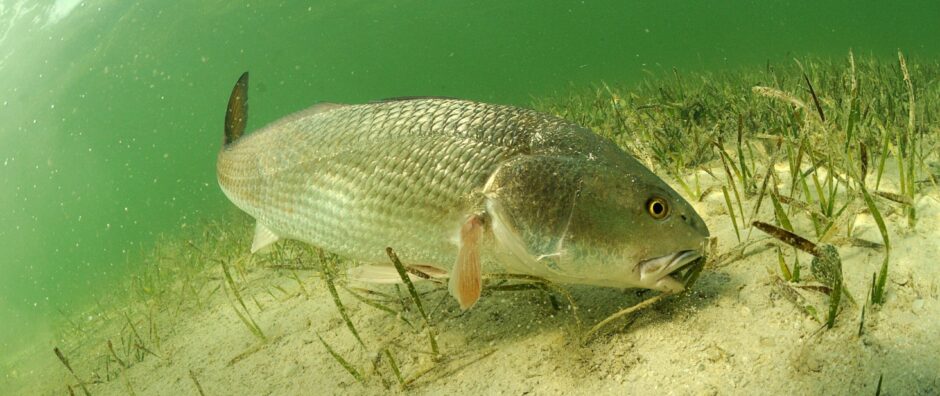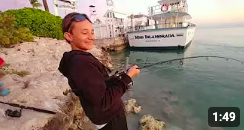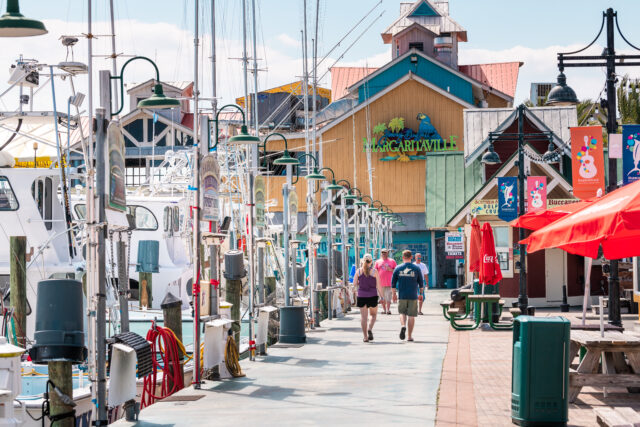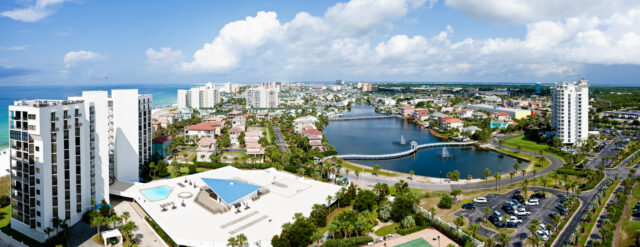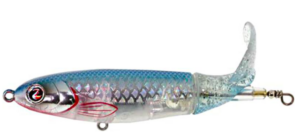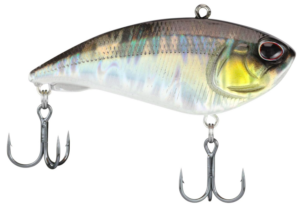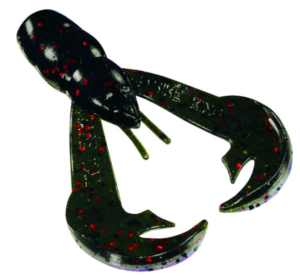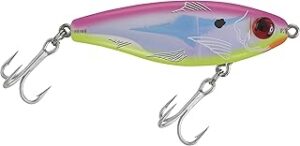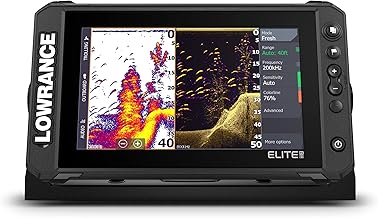Understand How Tides Affect Redfish
The tides can greatly affect where and how redfish will be feeding on any given day. Inshore, the tides play a huge role. With a falling tide, you may find some tailing redfish feeding on a flat. That same flat might not even have water on it at the bottom of the low tide. However, on an incoming tide, that flat might be flat out awesome as the water gets deep enough for redfish to move up onto the flat. Whether you are fishing the low tides or the high tides, the key is to fish during a tidal change. Moving water is essential to catching more fish. During the slack tide, fishing gets very tough inshore.
Fish an Incoming Tide
Many anglers prefer to fish the incoming tide for redfish. Anglers typically report better fishing in most of the areas that you can find redfish inshore. The surf, bays, inlets and creeks all provide good fishing opportunities on an incoming tide. Try fishing a couple of hours before the high tide to take advantage of the peak bite. Once the high tide peaks, a slack tide will occur which means no more moving water. The bite usually slows down as soon as this happens.
Fish an Outgoing Tide
An outgoing tide is one of the best times to fish the backwater areas. Redfish will move into the inlets and creeks during the high tide. Once the high tide peaks, a period of slack tide will occur. Once the tide starts moving out, the fishing gets good. Anglers will usually fish along the shorelines near mangroves, docks and any other type of cover that may hold some redfish. These fish will also move up onto the flats during the high tide. As the water levels drop, some of the shallow water flats will expose tailing redfish. These fish can be caught if you can get your bait in front of their face without spooking them. As water levels continue to drop, redfish will move back into the cuts and channels as they make their move towards deeper water. If you time it right and position your boat correctly, you may see schools of redfish moving right towards your boat as they make their move towards open water. These fish are very catchable. They are looking for an easy meal before the next slack tide occurs.
Fish a High Tide
High tides give redfish many more places to hide, especially in the backwater inlets, creeks and on the flats. Redfish will usually move out of the cuts and channels and into the mangroves, along the docks and up onto the flats and marshes. Most anglers will fish a couple of hours before the high tide. As the waters rise, redfish move into these shallow water areas to feed aggressively. Moving water is key, so try to get to your fishing spot as the water is moving in. Once the tide becomes slack, you can expect the bite to slow down. As the tide starts moving back out again, the water will still be high and you can expect to find redfish feeding actively again in the same places.
Fish a Low Tide
Anglers can experience good fishing for redfish during the low tide. The lower water levels will move redfish off the flats and into the cuts and channels. This doesn’t mean that the flats won’t produce during the low tide. As the tide is going out, you will often find tailing redfish on the flats. These fish are feeding very aggressively on the flats just before the water levels drop even further. Once the water becomes too shallow on the flats, you should be able to find most of these fish nearby in the cuts and channels.
If you are fishing the creeks and inlets, you may see fish moving out of these shallow water areas as they head back towards the mouth. Following the slack water period of the low tide, water will start moving back in on the next incoming tide. Redfish will often move back into these backwater areas with the incoming tide. Fishing can be very good during this tidal change. Moving water is much better than slack water, so try to fish during these tidal changes for the best fishing opportunities.
When fishing around docks during a low tide, try fishing the docks in deeper water. Many of the mangroves will be less productive in low water because most of the roots will be above water. Redfish will move out of the mangroves and into deeper water. The deeper sections of the bridges, jetties and passes will also hold most of the bigger redfish during low water periods.
